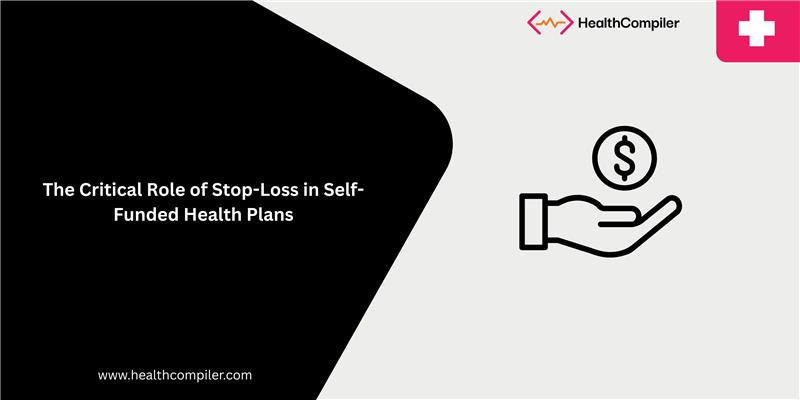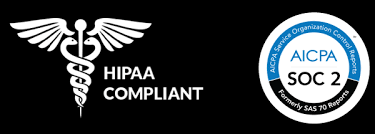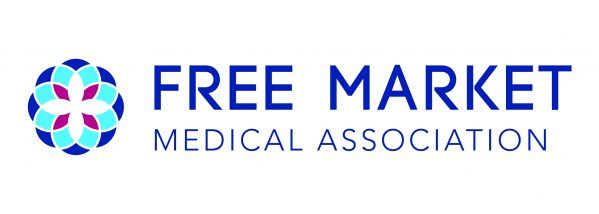The Critical Role of Stop-Loss in Self-Funded Health Plans

Introduction
For employers exploring self-funded health plans, the appeal is clear: greater control over benefits design, better alignment with employee needs, and the potential to lower long-term healthcare costs. But with those advantages comes a natural question, what happens when a catastrophic claim hits?
A single cancer diagnosis, transplant, or premature birth can result in six- or seven-figure medical bills. Without safeguards in place, those costs could devastate even the most carefully managed plan. This is where stop loss insurance becomes indispensable.
Stop loss provides the financial safety net that makes self-funding not only viable but sustainable. For employers weighing the risks and rewards of self-insurance, understanding its role is essential.
What Is Stop Loss Insurance?
Put simply, stop loss insurance is a financial backstop that protects employers who choose to self-fund. While the employer pays for routine claims out of pocket, stop loss coverage steps in when costs exceed a certain threshold.
There are two key types:
- Specific Stop Loss: Protects against exceptionally high claims from a single individual. For example, if one employee requires a costly treatment, the plan won’t be solely responsible for the full amount.
- Aggregate Stop Loss: Caps the total claims exposure across the entire plan population over a set period (usually a year).
In essence, stop loss allows employers to enjoy the flexibility of self-funding without bearing unlimited financial risk. It is the mechanism that makes the model accessible to mid-sized and even smaller organizations.
Why Is Stop Loss Insurance Non-Negotiable for Self-Funded Health Plans?
For self-funded employers, stop loss insurance is not optional, it’s the linchpin of stability. Here’s why:
- Protection Against Catastrophic Claims
Catastrophic events can occur without warning. Employer stop loss insurance ensures that a single high-cost incident does not compromise the entire benefits budget. - Predictability in Costs
One of the biggest concerns for employers is how to lower the cost of healthcare without sacrificing quality. Stop loss creates predictable guardrails, so budgets can be planned with confidence. - Accessibility for Mid-Sized Employers
Historically, only very large companies could comfortably self-fund. Stop loss coverage has changed that. Now, businesses with just a few hundred employees can explore the benefits of stop loss insurance and the flexibility of self-funding. - Peace of Mind for Leadership
HR and finance leaders can focus on long-term strategies, knowing that extreme claims are capped. This transforms self-funding from a gamble into a controlled, data-driven decision.
In short, stop loss converts the uncertainty of self-funded models into manageable, measurable risk.
How to Choose the Right Stop Loss Carrier
Not all stop loss carriers are created equal. Employers must carefully evaluate providers to ensure alignment with their goals. Key considerations include:
- Contract Terms and Transparency
Look closely at exclusions, limitations, and renewal terms. Clarity here prevents unpleasant surprises when claims arise. - Reputation and Financial Strength
A stop loss carrier must be financially stable and experienced in managing complex claims. Employers should seek partners with a proven track record. - Flexibility and Customization
Every workforce is unique. Employers should consider carriers that offer customizable thresholds, aggregate limits, and adaptable reporting. - Claims Management Expertise
How quickly and fairly a carrier adjudicates claims can make or break the value of coverage. Employers should evaluate carriers based on their responsiveness, clarity in handling large claims, and ability to coordinate effectively with third-party administrators (TPAs). A strong claims management process ensures that when a catastrophic loss occurs, reimbursement is timely and disputes are minimized.
Choosing wisely here is as critical as the decision to self-fund itself. The right carrier becomes a strategic partner, not just an insurer.
Turning Risk into Strategy
For employers, what is stop loss insurance if not the key that unlocks the advantages of self-funded plans without exposing the organization to unacceptable risk? It provides protection, stability, and peace of mind, making it non-negotiable in any responsible self-funded strategy.
By pairing stop loss insurance with strong analytics and care delivery models, employers can move from fearing catastrophic claims to actively reshaping their healthcare spend.
To go deeper into how stop loss works alongside analytics and direct care, read this guide: Beyond Catastrophic Claim: A Guide to Self-Funded Health Plans.



